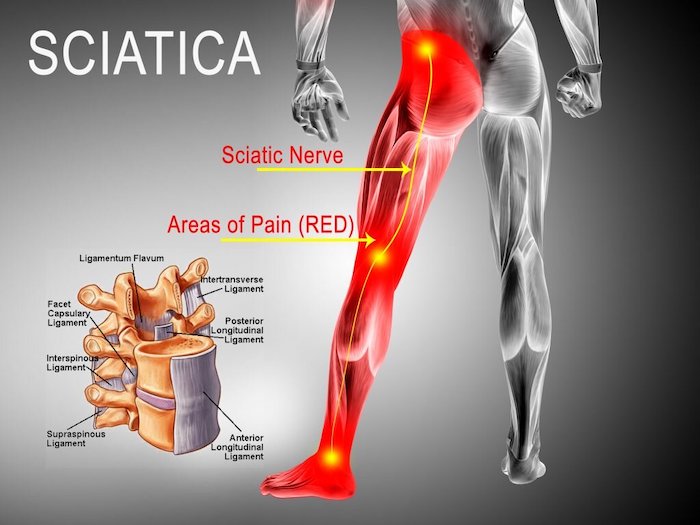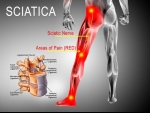
Sciatica is often treated with self-care techniques, such as over-the-counter medication, heat and ice therapy, and/or at-home stretches and exercises. While these treatments may help relieve your sciatica pain, sometimes the pain may recur or even progress over time.
Read on to learn about the common factors that can affect your sciatica treatment plan and the importance of getting an accurate diagnosis for the cause of your sciatica.
Sciatica Treatment Depends on The Underlying Cause
Sciatica is the symptom of an underlying medical condition. In order to effectively control sciatica, it is necessary to direct the treatment to the specific cause, rather than use techniques that simply mask the pain. For example, treating a herniated disc by reducing its bulge can prevent irritation or compression of a nearby sciatic nerve root, relieving sciatica pain.
A Correct Medical Diagnosis Is Essential
Sciatica treatments vary depending on the cause. For example, stretches recommended to treat sciatica caused by a lumbar herniated disc are often different from stretches recommended to treat lumbar spinal stenosis.
A correct diagnosis of the medical cause of your sciatica will help your doctor to formulate a treatment plan that is unique to your needs.
Treatment Is Often a Process of Trial and Error
The response to a specific treatment plan may vary considerably between different individuals with the same diagnosis of sciatica.1 While some people may benefit widely from nonsurgical methods, such as physical therapy, others may get little or no relief from these treatments.
Several factors, such as occupational ergonomics, stress, and socioeconomic conditions, influence the treatment outcome of sciatica.3 Because each person’s body and personal circumstances are unique, the treatment outcomes may differ, making the process of finding the right treatment one of trial and error.
Sciatica Treatment Typically Starts with Nonsurgical Methods
As a general rule, it is recommended to begin sciatica treatment with non-surgical methods.
- The vast majority of people with sciatica usually benefit from physical therapy and/or exercise programs that include stretching, strength training, and low-impact aerobic exercises.
- A short course of prescription or over-the-counter medications may be taken alongside these therapies.
- If sciatica becomes chronic or recurrent, occurring for more than 12 weeks, it may become less responsive to treatment.
- If physical therapy and/or exercise don’t work to reduce your sciatica symptoms, your doctor may suggest minimally invasive forms of treatment—such as epidural steroid injections or radiofrequency ablation.
Surgery for sciatica is elective and may be considered only after nonsurgical treatments have been tried for several weeks or if your pain continues to progress and considerably impact your daily activities.
Typically, sciatica symptoms decrease or resolve in 4 to 6 weeks. Prompt and accurate treatment can reduce your pain sooner and prevent recurrence or long-term complications.
Precision Pain Care and Rehabilitation has two convenient locations in Richmond Hill – Queens and New Hyde Park – Long Island. Call the Richmond Hill office at (718) 215-1888, or (516) 419-4480 for the Long Island office, to arrange an appointment with our Interventional Pain Management Specialist, Dr. Jeffrey Chacko.













